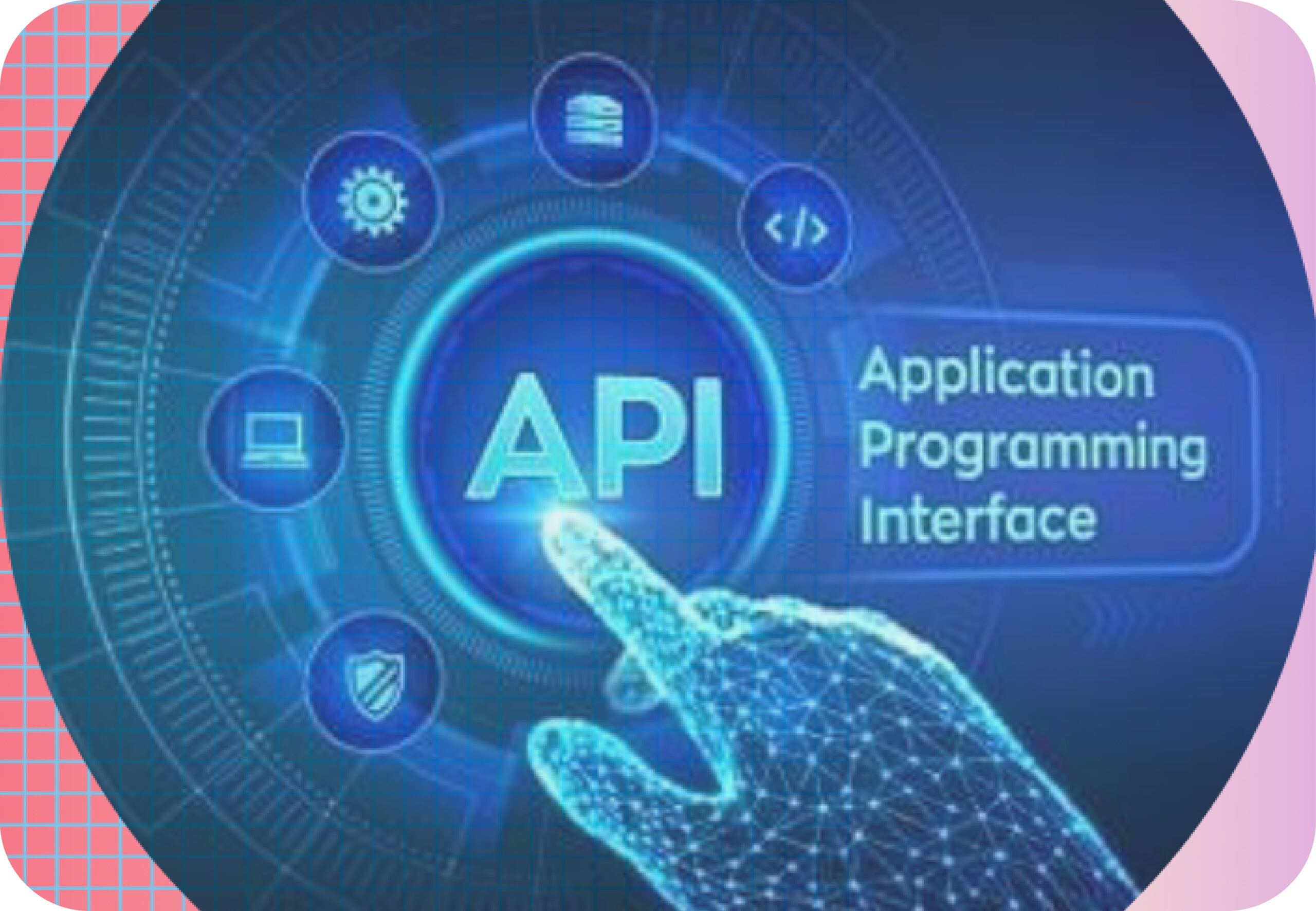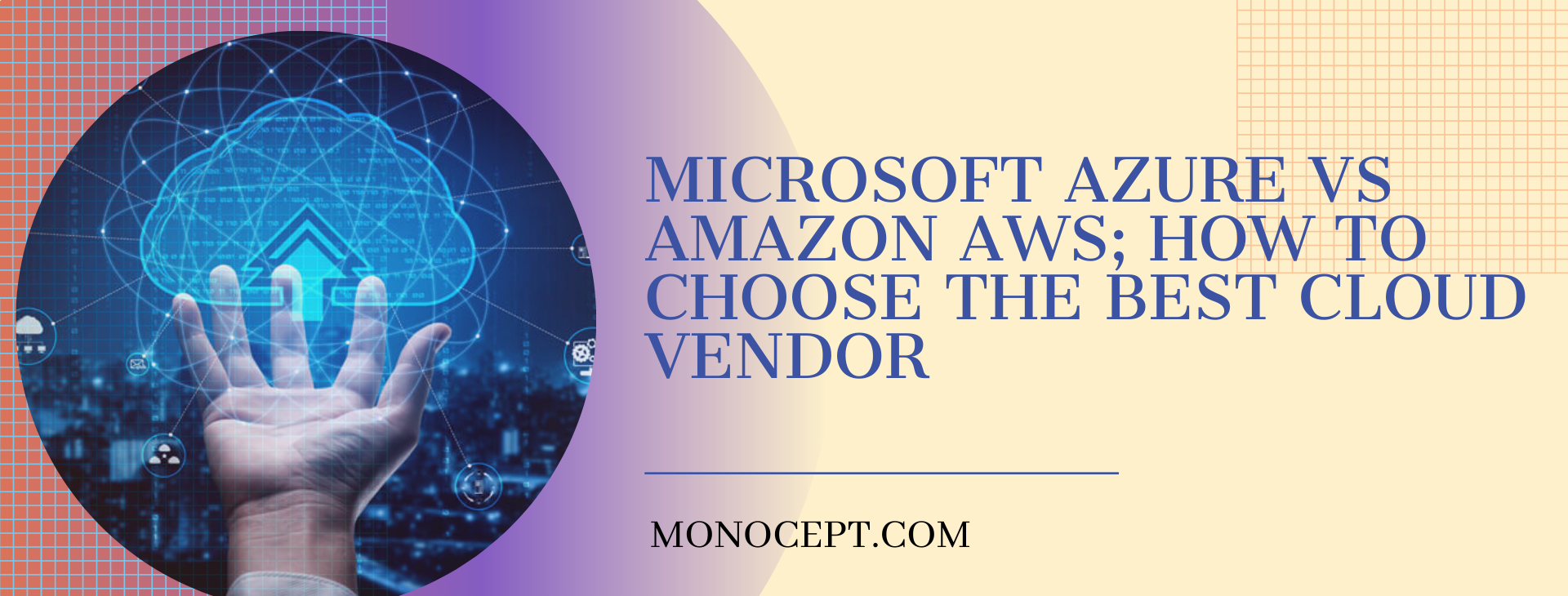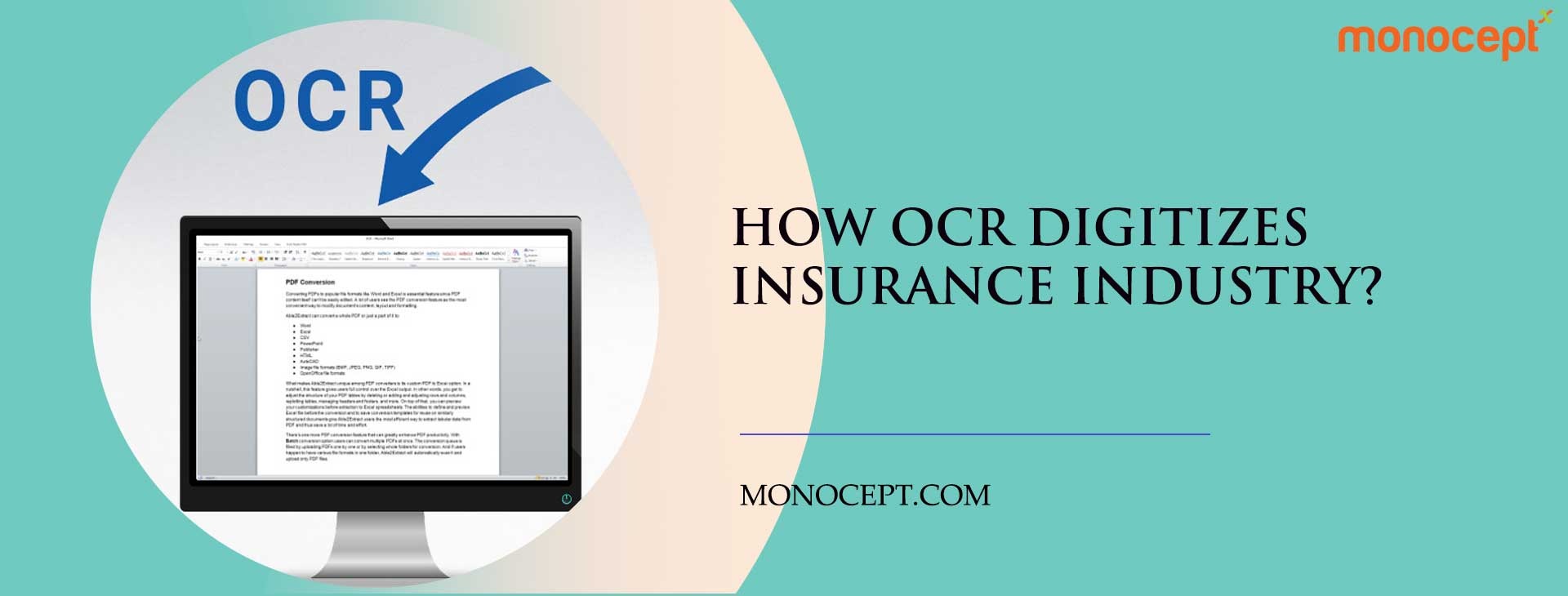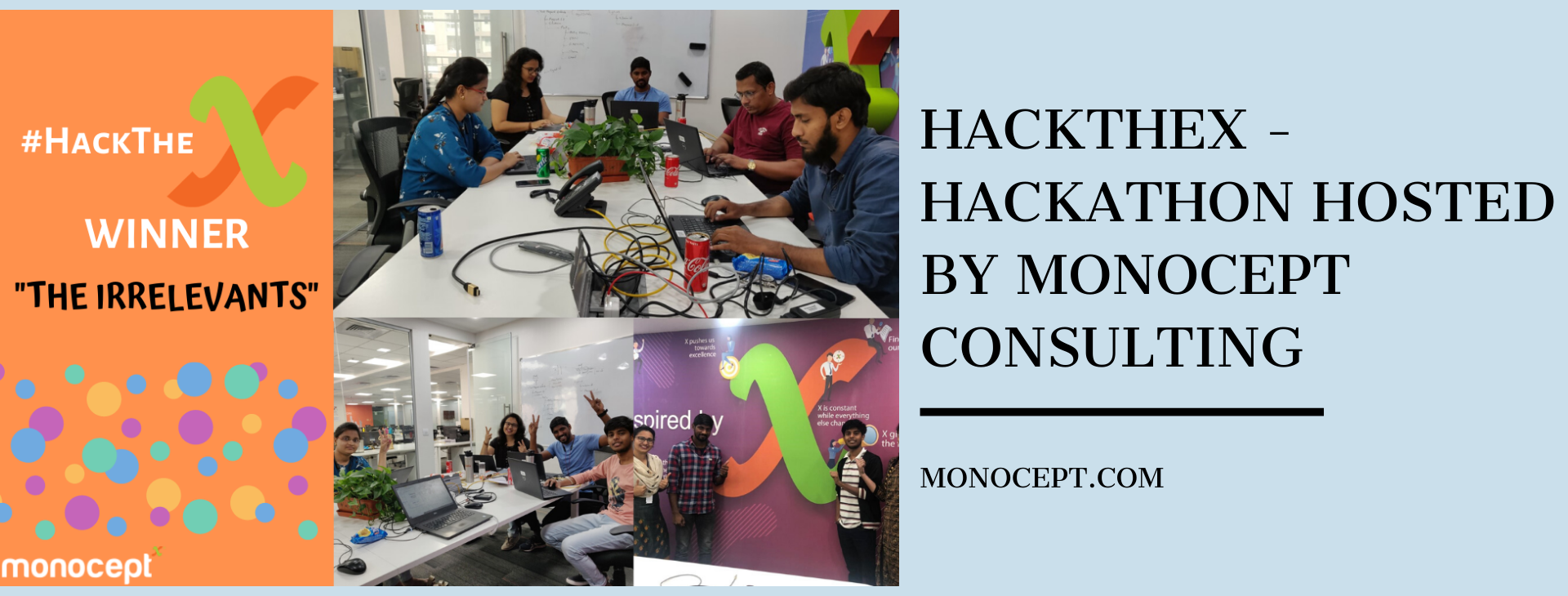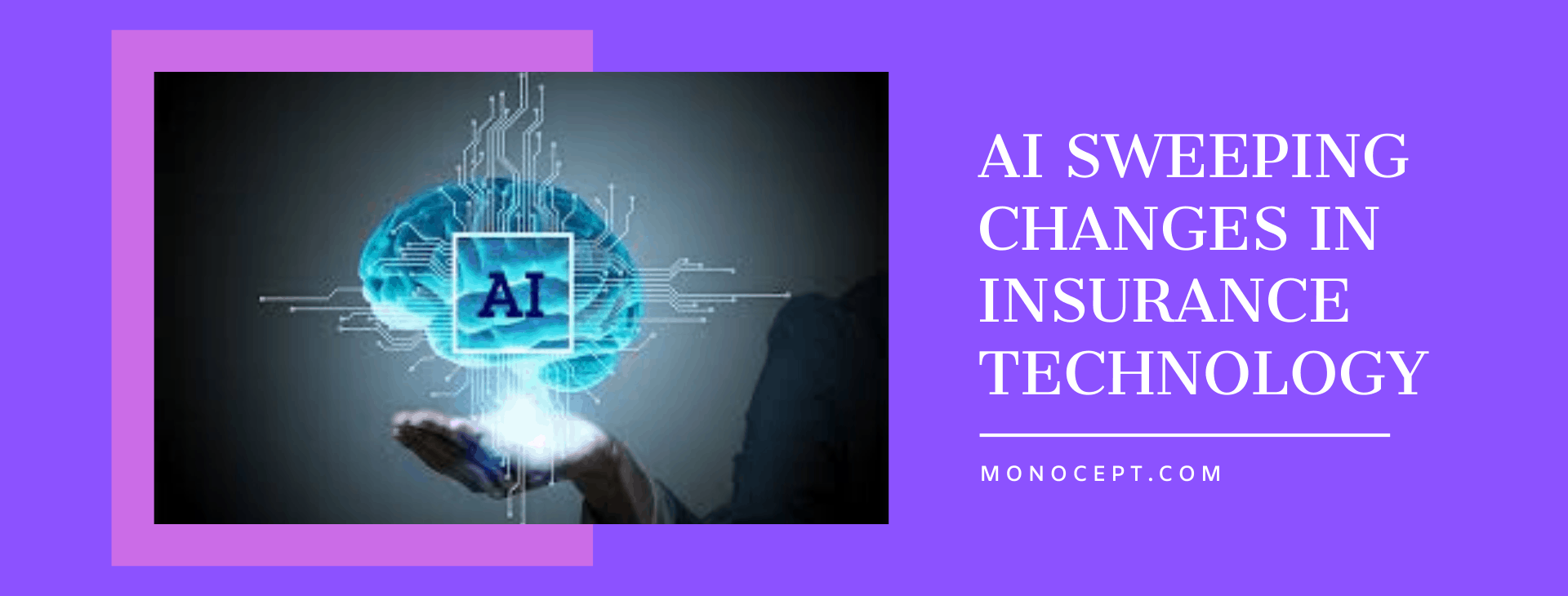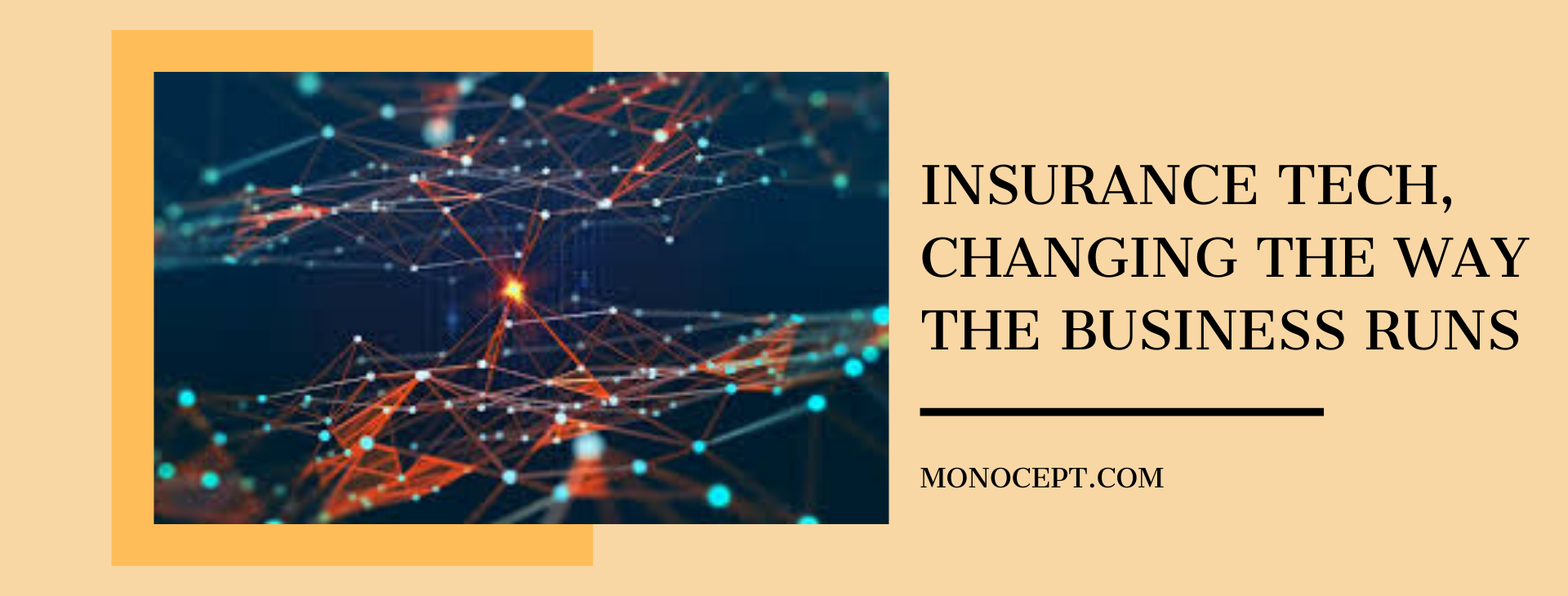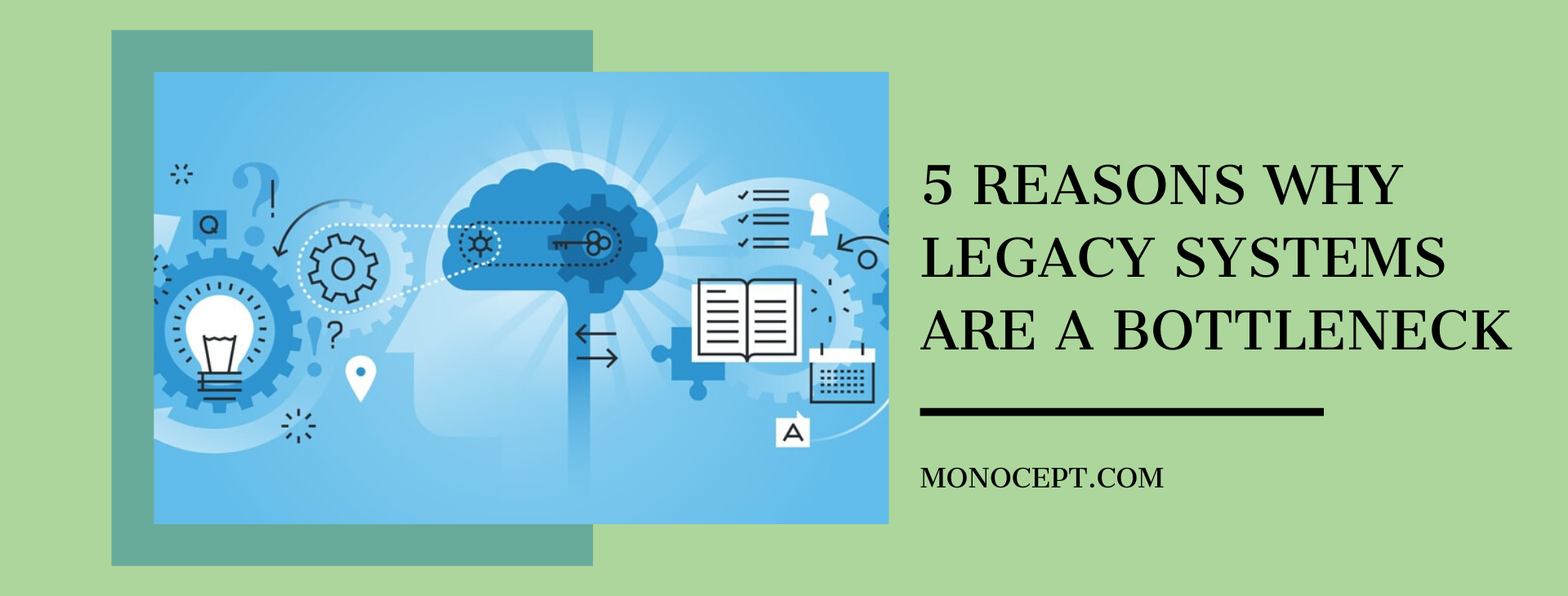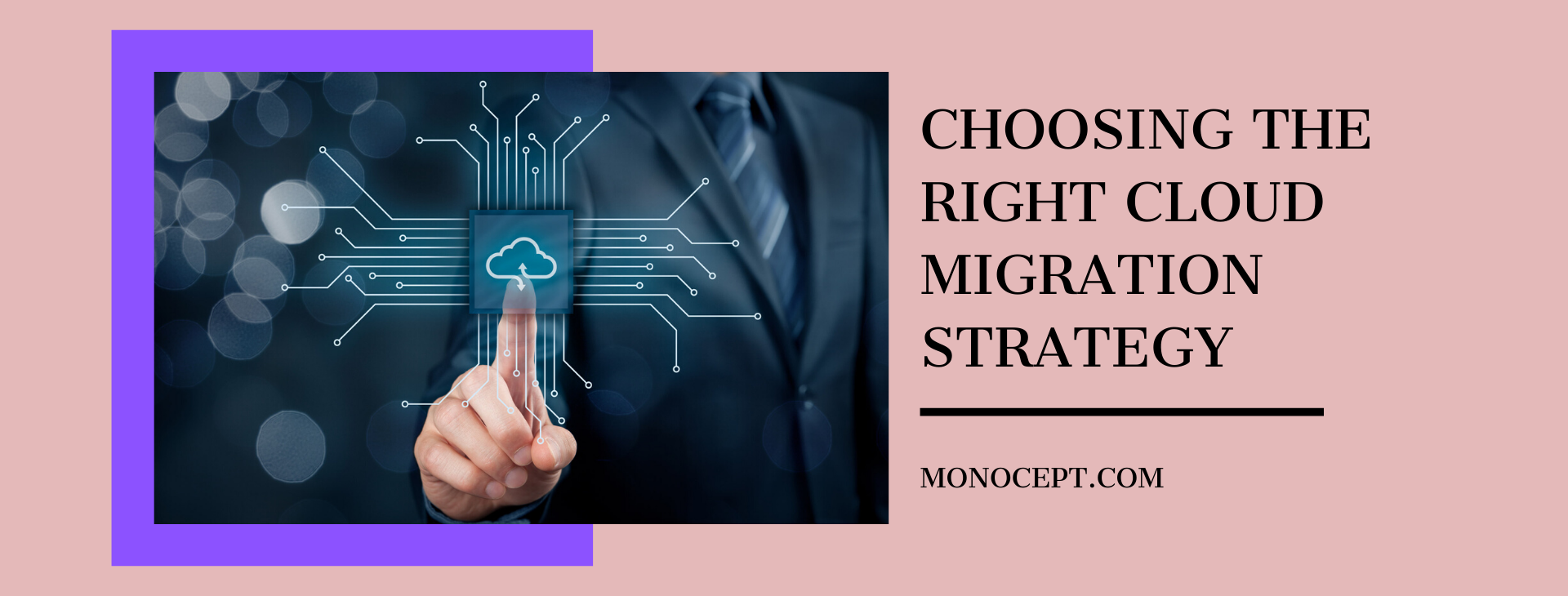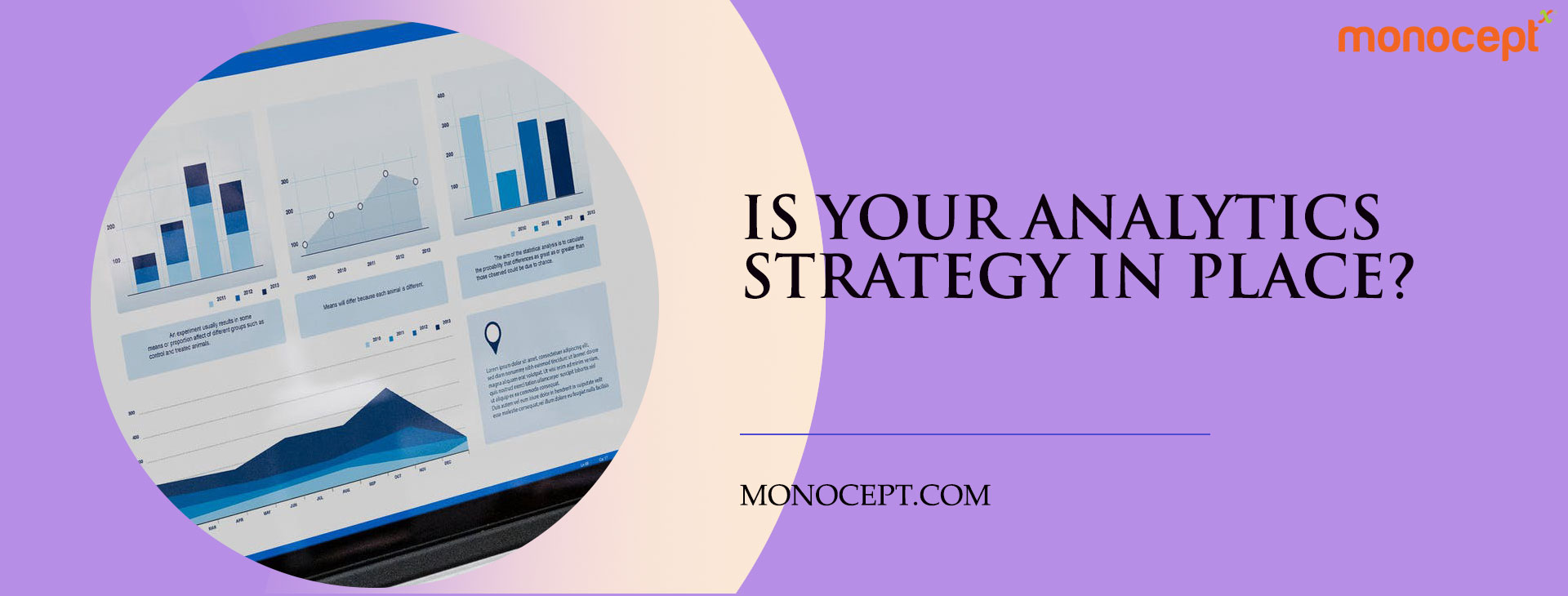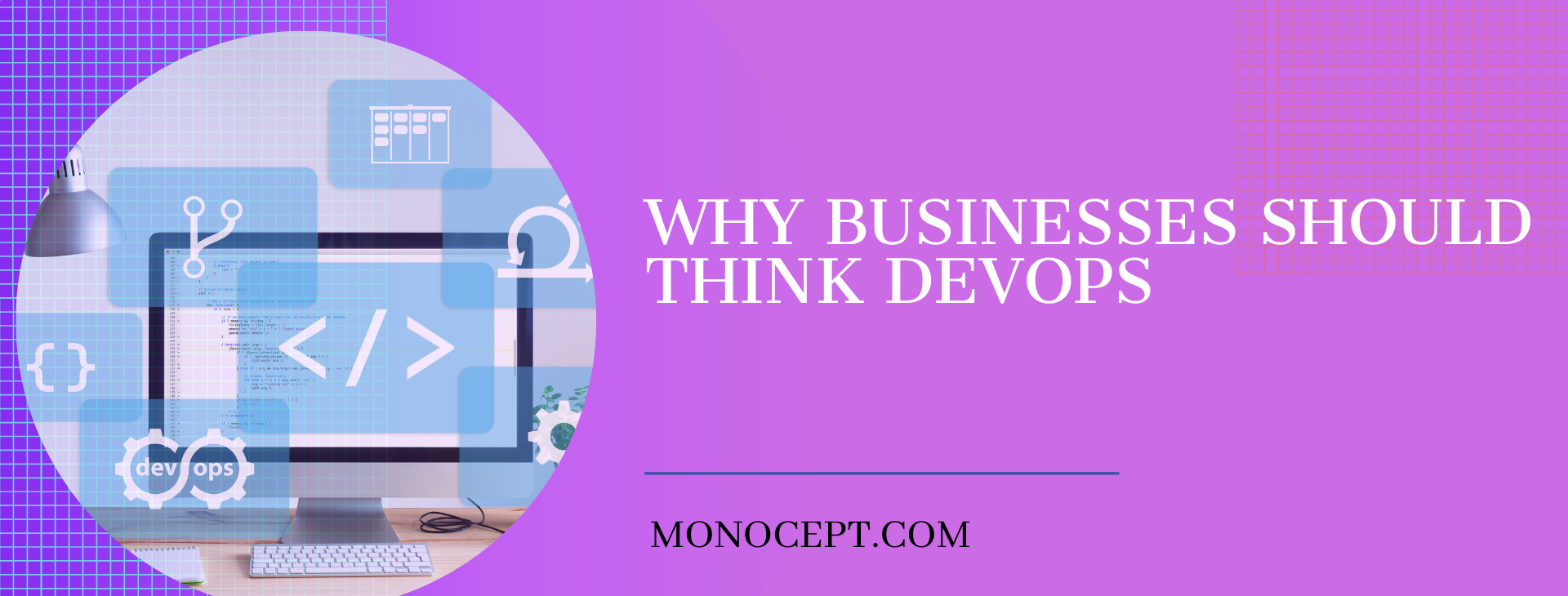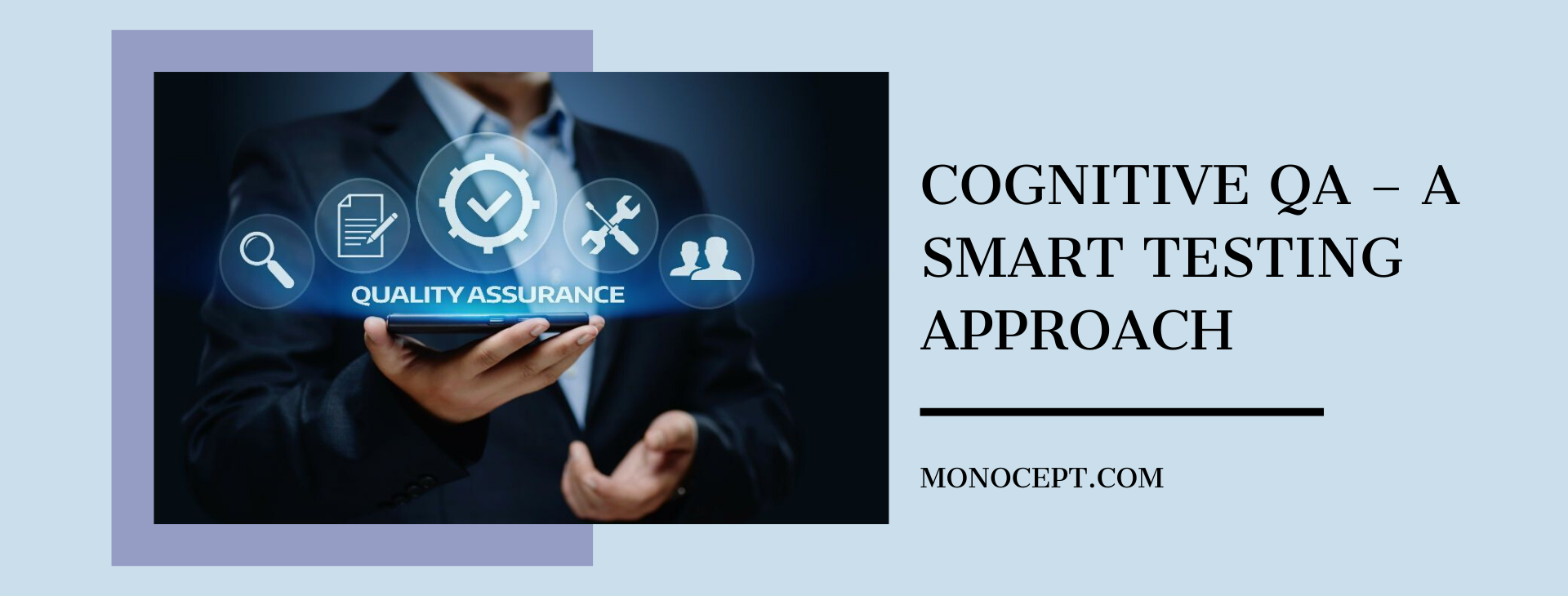Enterprise Architecture Application Services
What is Enterprise Architecture?
Enterprise Architecture defines the principles, vision, standards, and roadmap to guide organizations towards operations and management systems and technologies. Enterprise Architecture Services will, therefore, proactively and holistically lead enterprise responses to disruptive forces by identifying and evaluating the execution of change towards designed business outcomes and vision. EA ensures that business plans, strategies, processes, and vision are optimized and aligned to investments in people, systems, and technologies.
Enterprise Architecture offers the basis for driving diverse business initiatives, particularly business innovation and transformation, by allowing organizations to respond, manage and adapt to disruptions caused by the market or external environment. EA oversees investments, assurance, and governance, enabling business entities to understand their organization and its capabilities and operations.
Layers of Enterprise Architecture
There is no shortage of EA frameworks in the IT industry, with each framework possessing different strengths and weaknesses. An EA framework establishes a common practice of creating, interpreting, analyzing, and using architecture descriptions within a specific application or stakeholder community domain. Using an Enterprise Architecture framework streamlines the process of creating and maintaining architectures at all layers (e.g., enterprise architectures, cross-cutting technology domain architectures, functional business segment architectures, and solution architectures) and enabling organizations to leverage the value of architecture best practices.
In reality, Enterprise Architecture is unique to every organization but possesses some common elements. Here are four commonly accepted enterprise architecture domains:
- Business Architecture (BA) domain – describes the necessary structure, behaviors, and motivations of an enterprise to deliver the business vision. BA, therefore answers the questions; WHO and WHAT. WHAT defines the organization’s goals, vision, and strategy to guide the creation of business capabilities and processes. WHO represents the execution of those business capabilities or services.
- Application architecture domain – The Application Architecture (AA) illustrates individual applications and their relationships and interactions with core business processes of the organization. Application architecture offers answers to the approach taken to implement business capabilities or services.
- Data architecture domain – addresses the structure of an organization’s physical and logical data assets and data management resources. This offers knowledge about customers using data analytics to improve business processes continually.
- Technology architecture domain – illustrates the hardware and software required to implement the business, application, and data services.
Benefits of Enterprise Architecture
Manage Complexities
Enterprise Architecture allows enterprises to identify and evaluate risks, challenges, and opportunities.
Strategic Alignment
Enterprise Architecture application services provide businesses with a strategic and holistic approach to align vision, principles, standards with a firm understanding of your application and technology roadmap.
Enable Innovation
EA helps enterprises manage change and adapt to disruptions while facilitating new concepts and technologies such as IoT, blockchain, and artificial intelligence to revolutionize your business model.
Maximize Returns on Investment
Enterprise Architecture application services help organizations redesign the chain of activities, services, and products, with fewer rooms for mistakes, leading to high-end efficiency and effectiveness. This, in turn, helps optimize costs and maximize returns on investment.
Better Relationships and Design Making
Enterprise Architecture Application Services ensures a higher level of IT standardization while fostering stronger relationships and inter-dependencies with limited rooms for miscommunication and misunderstandings. This empowers decision-makers to implement sound business and operation models, further moving the enterprise away from silo-based thinking and systems.
Why Choose Monocept For Your Enterprise Architecture Application Services?
Enterprise Architectures aims to provide an organization with a design that perfectly aligns business entities, properties, and relationships between themselves and the external environment. Do realize that even the most basic events can trigger the need to redesign using Enterprise Architecture Application Services.
Monocept Enterprise Architecture Application Services brings you the right professionals and years of experience to help you manage the complexities and unexpected nature of disruptions and impacts on your business and market environment. Our goal is to develop the best foundational enterprise architecture to maximize performance, scalability, and ROI. Contact us for more information.









